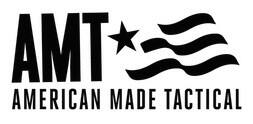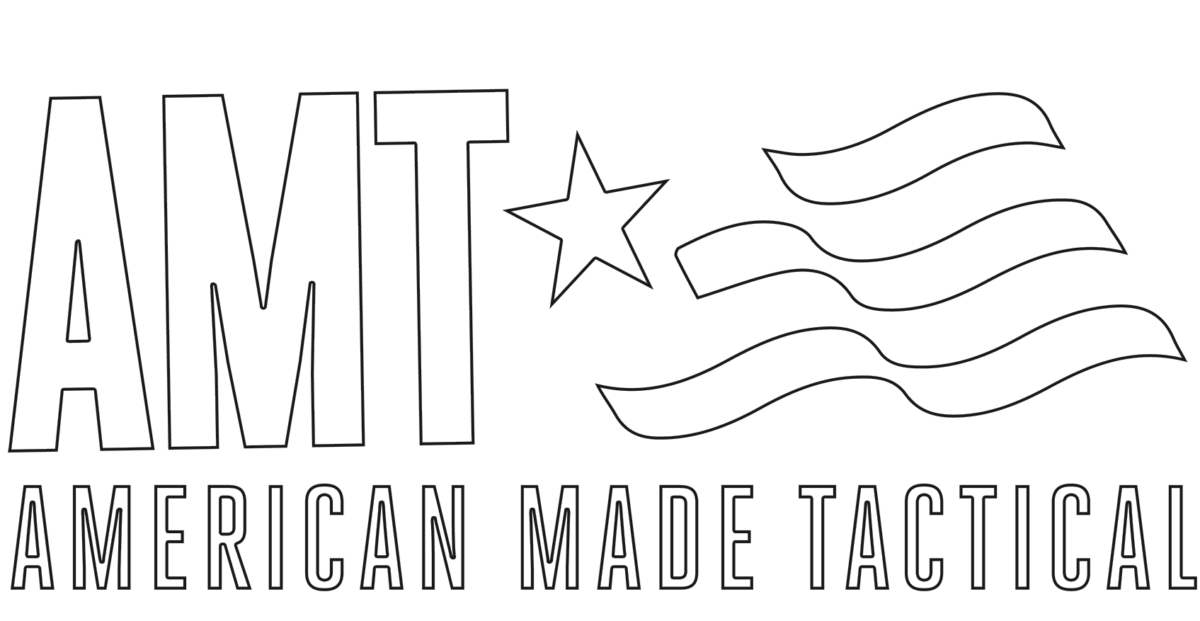A Brief History Collection
A Brief History of the AR-15
History
 The AR-15 rifle is America’s most popular civilian rifle. Recently, we’ve seen this fine piece of machinery come under fire from gun control groups across the country. Any responsible gun one will tell you this weapon gets a bad rap, and has in fact been available for civilian use for decades (minus the time period it was banned). Here’s a brief history of the now infamous AR-15.
The AR-15 rifle is America’s most popular civilian rifle. Recently, we’ve seen this fine piece of machinery come under fire from gun control groups across the country. Any responsible gun one will tell you this weapon gets a bad rap, and has in fact been available for civilian use for decades (minus the time period it was banned). Here’s a brief history of the now infamous AR-15.
The AR-15 was created by ArmaLite, a firearms engineering company founded in the early 1950’s. The “AR” simply stands for “ArmaLite Rifle” and was first built in 1959, primarily used by the United States armed forces.
Only a couple of years later, ArmaLite sold the design to Colt. And in 1963 Colt started selling the semi-automatic version of the rifle for civilian use. Though we classify this style of rifle as an “AR-15,” the name is a registered trademark of Colt. However, dozens of versions of the rifle are made under various names by a number of different manufacturers.
Civilian vs. Military
One thing that seems to get lost in the conversation about this weapon is the difference between semi-automatic AR’s for sale to civilians vs. a fully automatic version used by our armed forces. The rifles are almost identical in external appearance, so an average person that knows nothing about the AR believes the civilian rifle is the same rifle being brought onto the battlefield. The civilian rifle fires ONE round per squeeze of the trigger, where the military version allows multiple rounds to be fired per squeeze of the trigger. In addition, the hammer and trigger mechanisms are designed differently and the bolt carrier and internal lower receiver of semi-automatic versions are milled differently. Parts are not interchangeable.
The Ban
From 1994–2004, features such as collapsible stocks, flash suppressors, pistol grip, and bayonet lugs were prohibited for sales to civilians by the Violent Crime Control and Law Enforcement Act of 1994, including the Federal Assault Weapons Ban.
Those AR-15s that were manufactured with the restricted features, as well as the accompanying full capacity magazines, were stamped “Restricted Military/Government/Law Enforcement/Export Only”. The restrictions only applied to guns manufactured after the ban took effect. It was legal to own, sell, or buy any gun built before 1994, so essentially anyone who wanted to obtain a pre-ban AR could do so. Hundreds of thousands of pre-ban ARs were sold during the ban as well as new guns redesigned to be legal.
The Assault Weapons Ban ended in 2004, lifting the ban on the restricted features.

